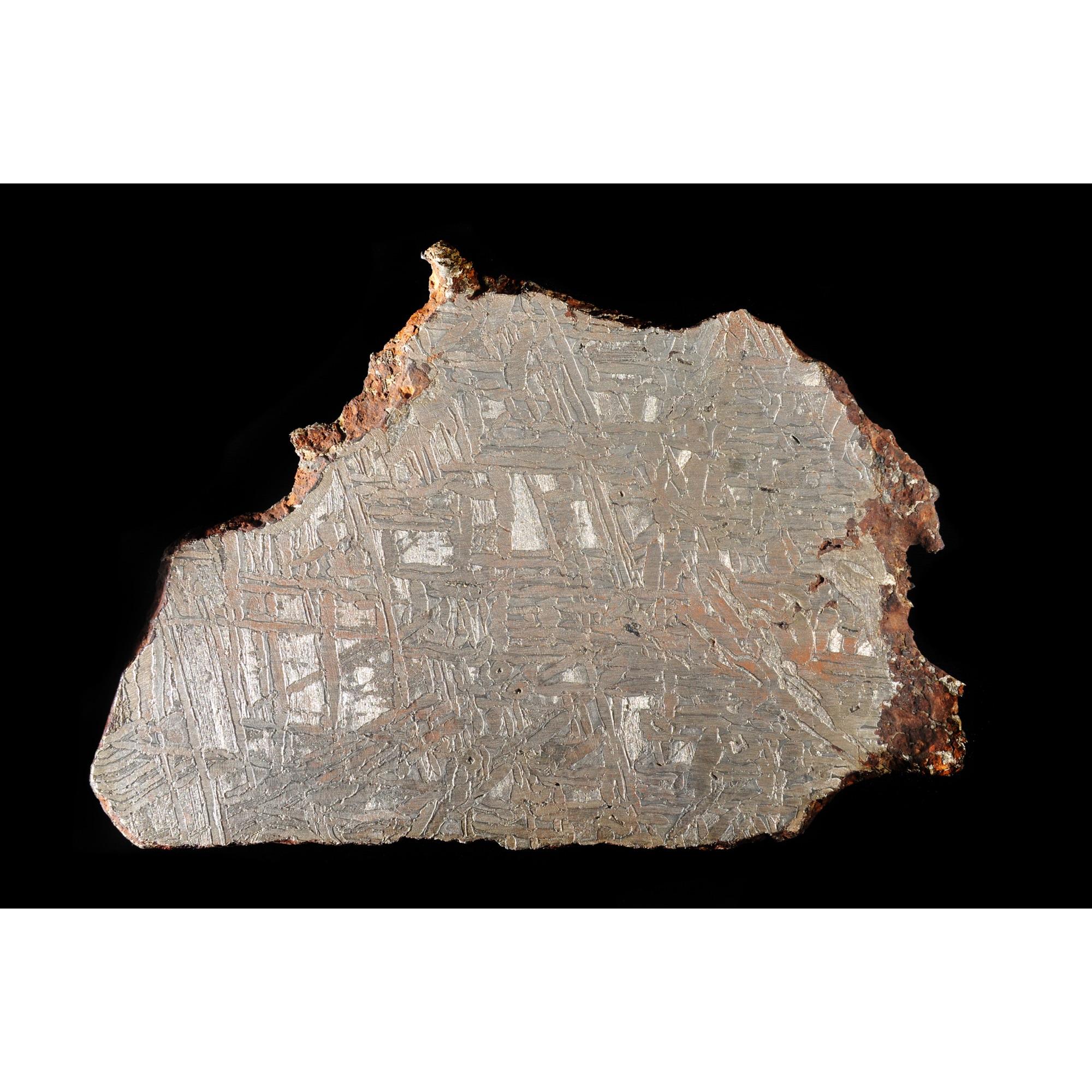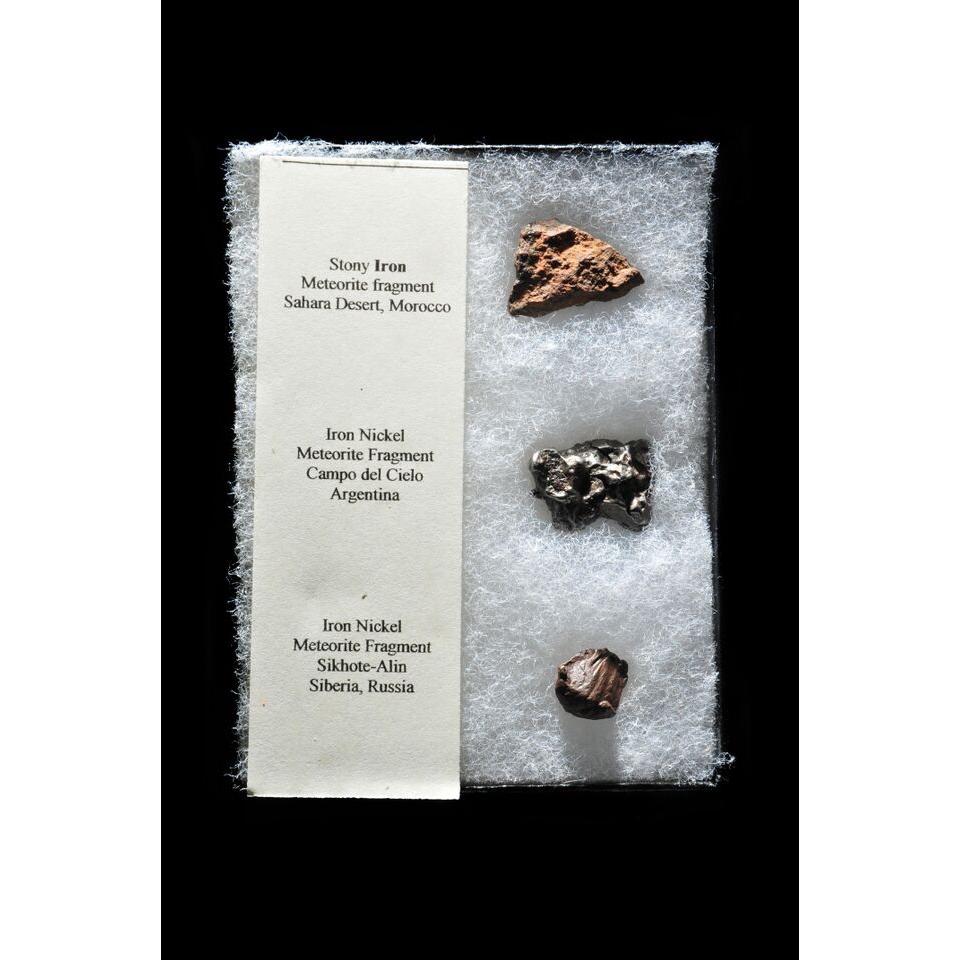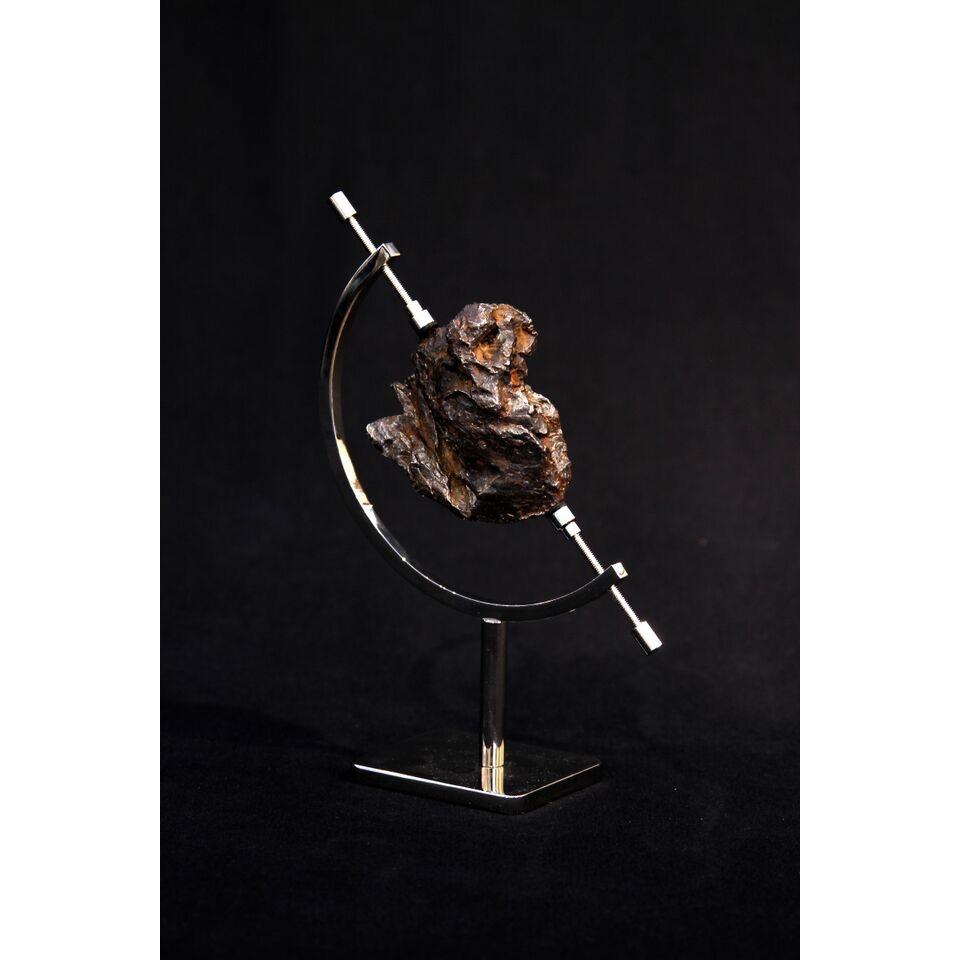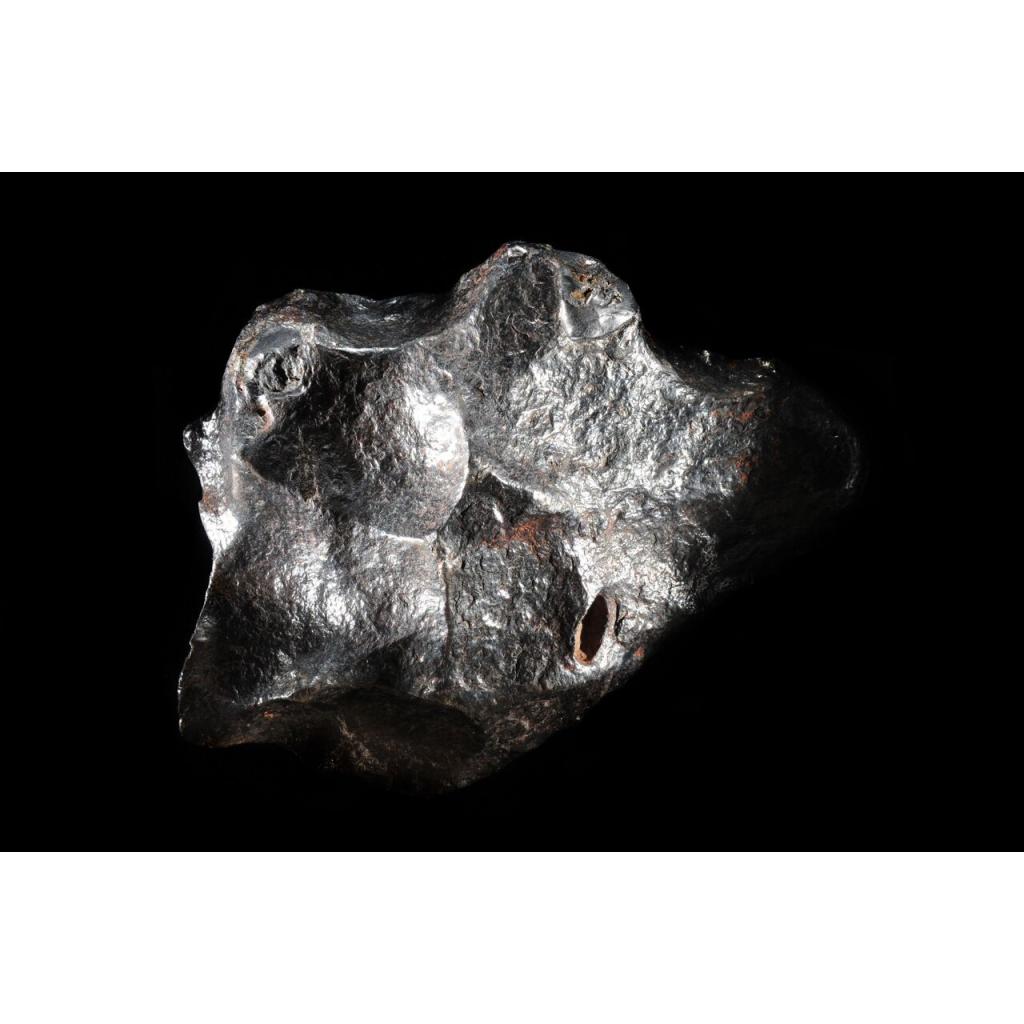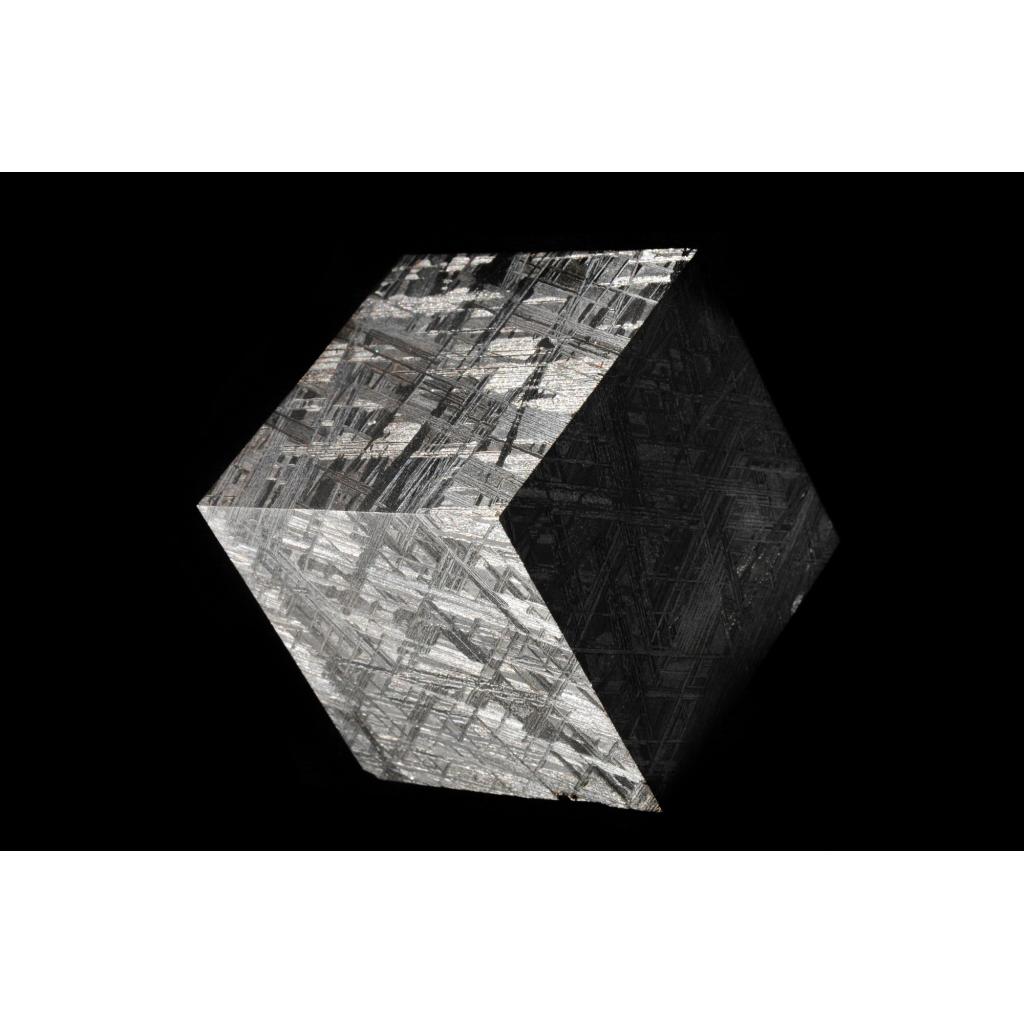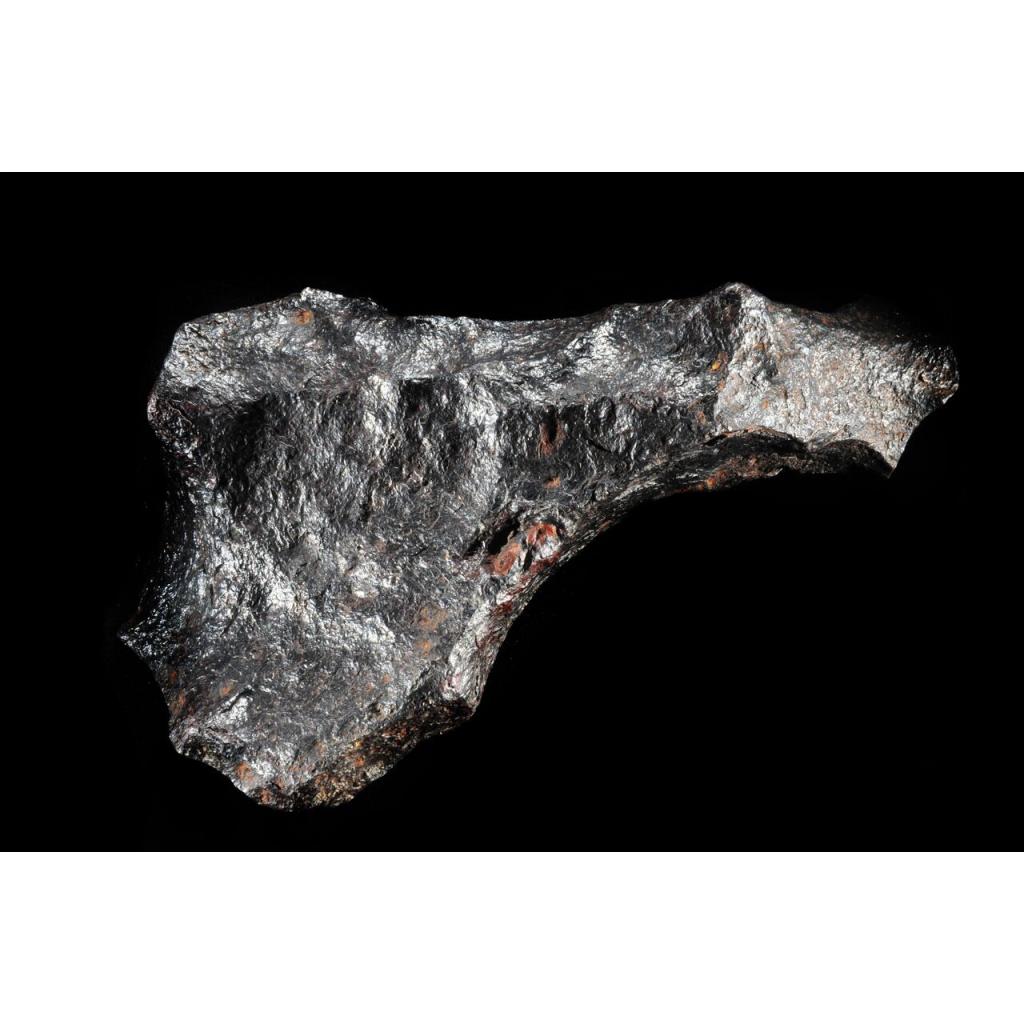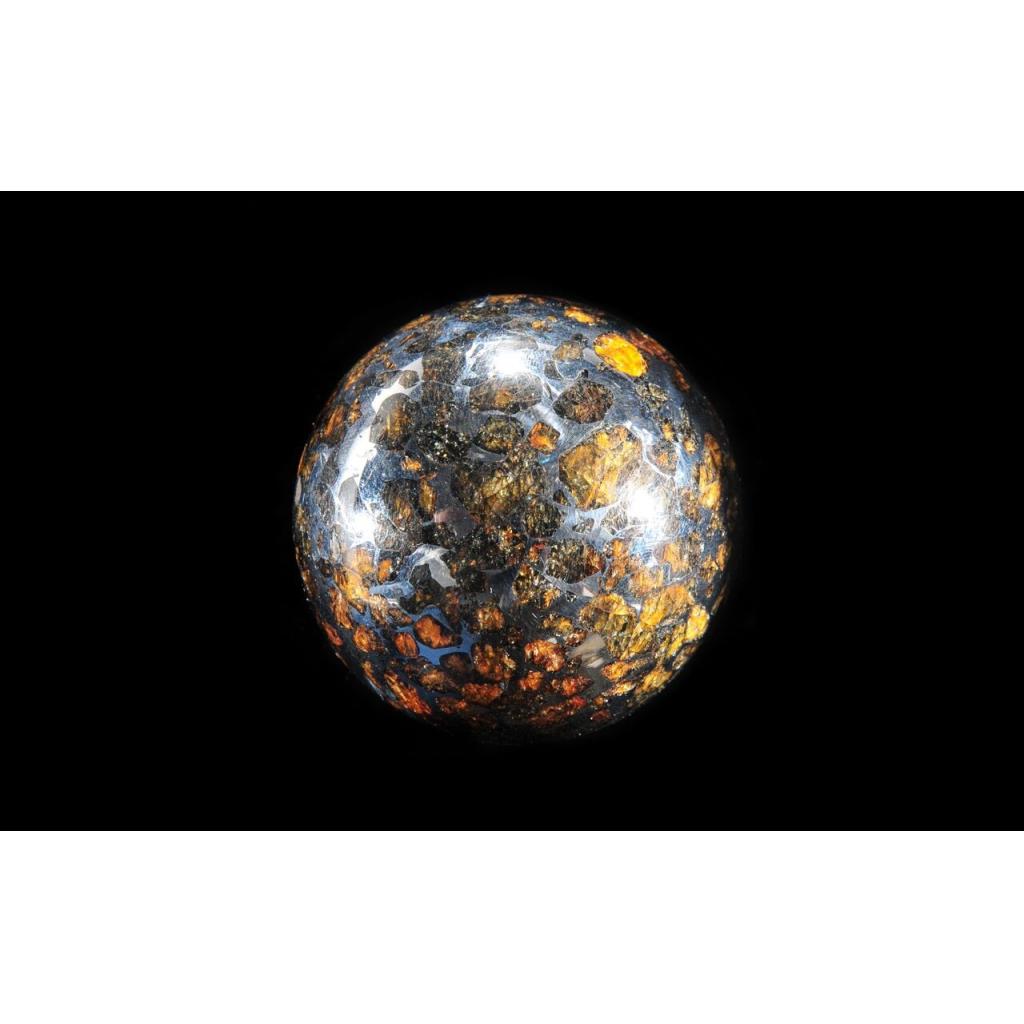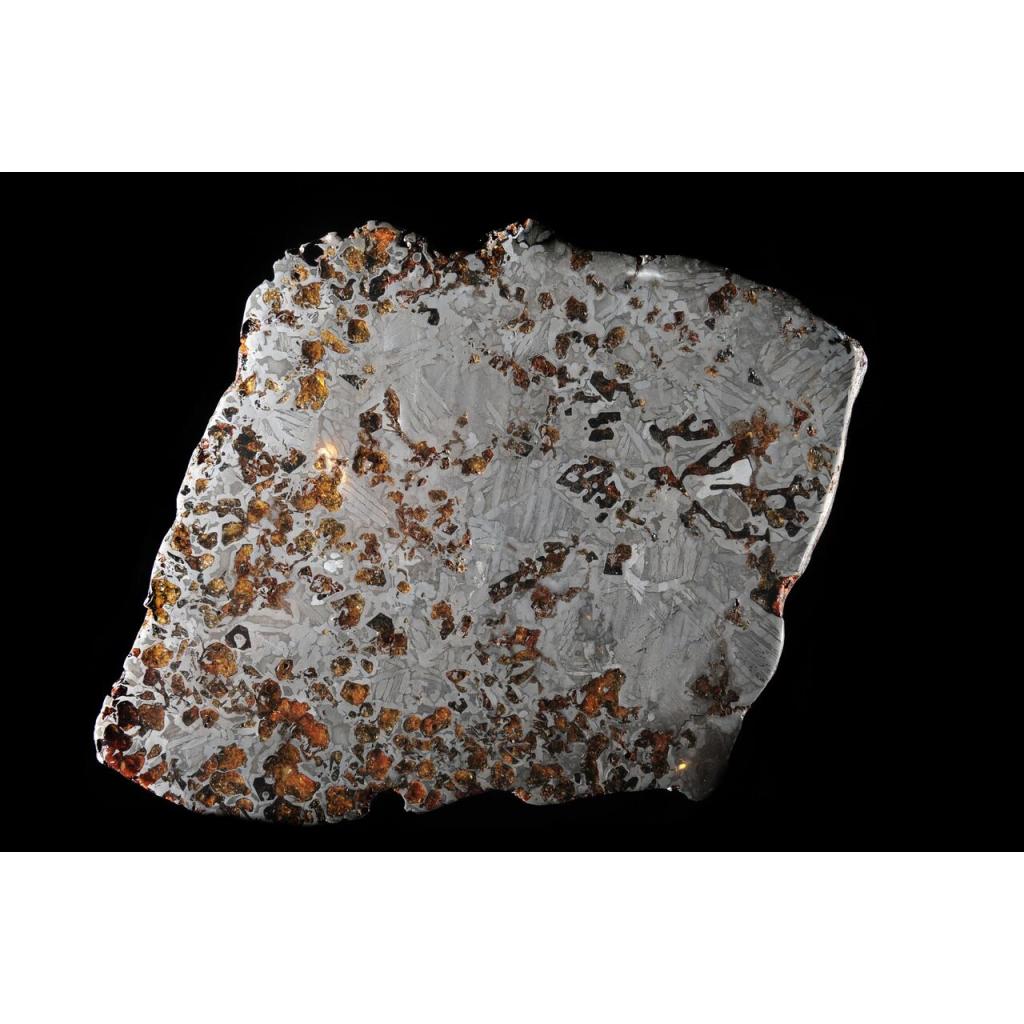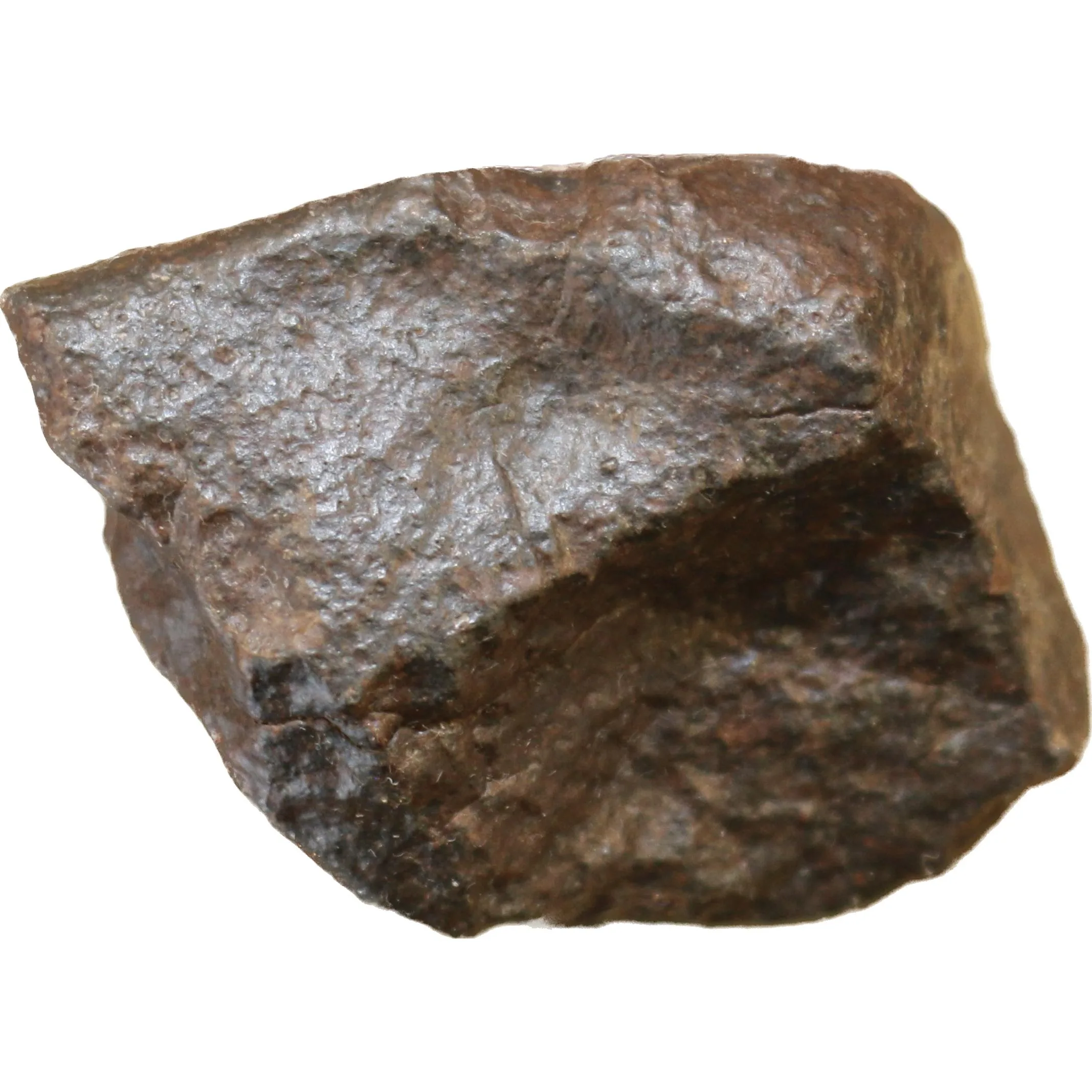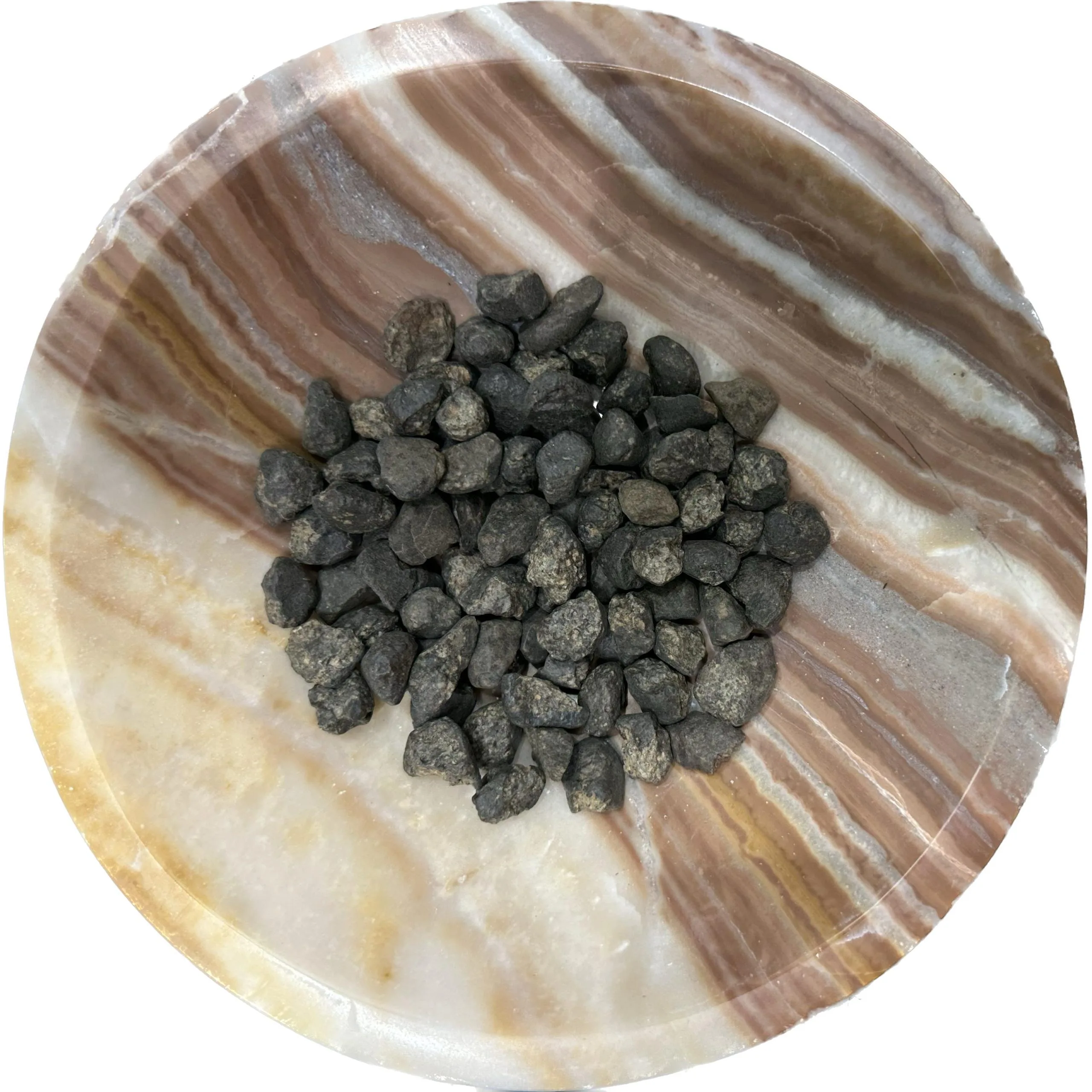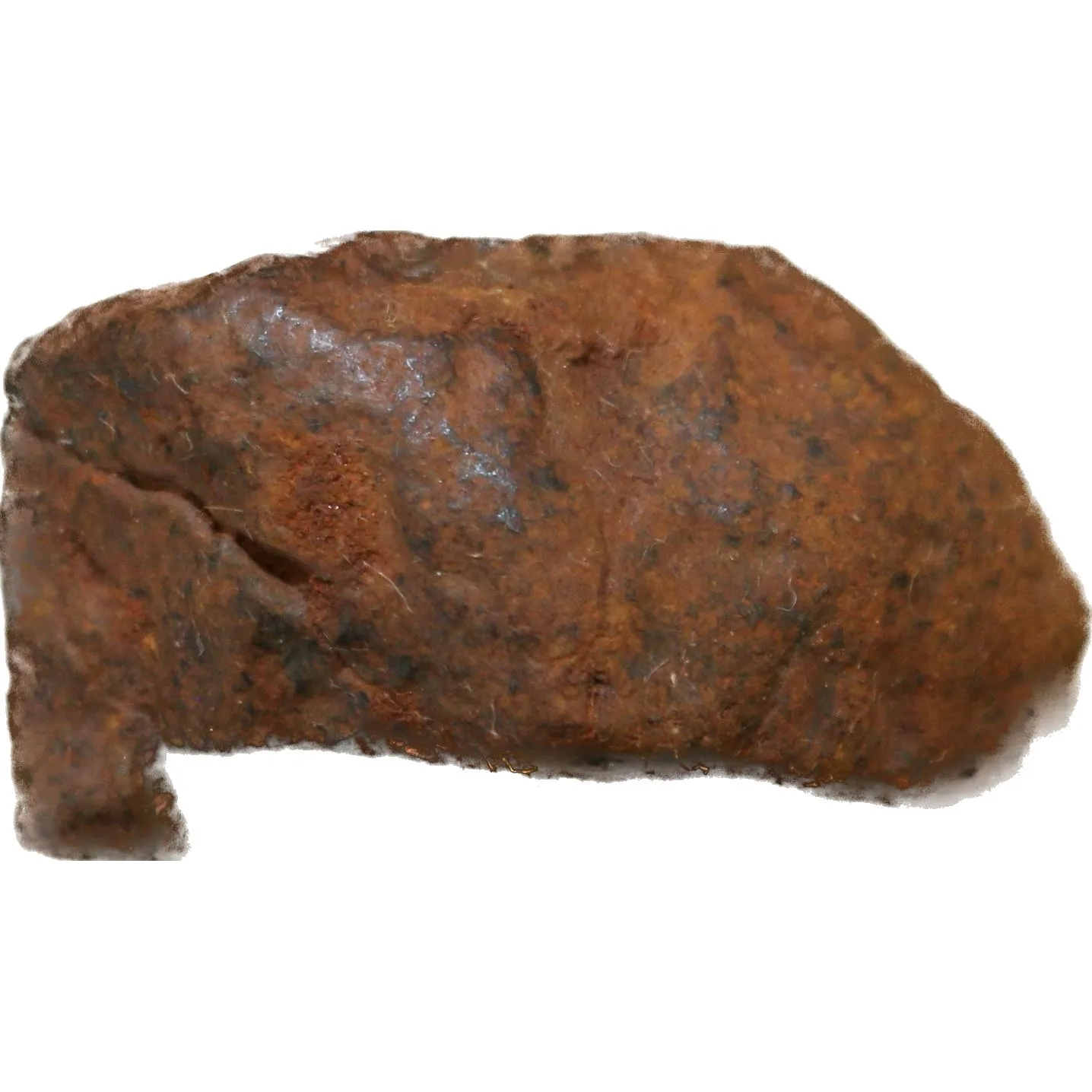The Carancas meteorite is a captivating celestial object that made a dramatic impact on Earth. It fell on September 15, 2007, near the village of Carancas in the Puno Region of Peru. This meteorite, classified as a stony meteorite of the H4-5 type, captivated scientists and locals alike due to its remarkable characteristics and the unusual events surrounding its impact.
The Carancas meteorite’s arrival was accompanied by a loud explosion and a crater approximately 13 meters in diameter and 4 meters deep. The impact released a significant amount of energy, resulting in a shockwave that shattered windows and damaged buildings in nearby villages. Fortunately, there were no reported casualties.
Studying the Carancas meteorite provided scientists with a rare opportunity to investigate the composition and properties of a freshly fallen meteorite. Its classification as an H4-5 type stony meteorite indicates its composition, which includes silicate minerals, iron, and nickel. This classification also suggests a relatively high degree of shock-induced alteration, likely due to its rapid entry into Earth’s atmosphere.
The recovery and analysis of the Carancas meteorite offered valuable insights into the processes that shaped our solar system and the nature of extraterrestrial materials. Scientists examined its mineralogy, isotopic composition, and organic content to better understand the conditions prevailing during the formation of the solar system and the evolution of celestial bodies like asteroids.
Moreover, the Carancas meteorite had cultural significance for the local community and attracted widespread attention from the international scientific community. Its impact sparked curiosity and fascination, leading to scientific expeditions to study the crater and recover meteorite fragments.
Stony Meteorites: Witness to Stellar Birth
Comprising approximately 95% of all meteorite falls, stony meteorites, as the name suggests, are primarily composed of silicate minerals. Within this group, there are further subdivisions based on mineral composition and texture, such as chondrites, achondrites, and carbonaceous chondrites.
Chondrites: Among the most common type of meteorites, chondrites are primitive remnants of the early solar system, dating back over 4.5 billion years. They contain small spherical structures called chondrules, which are believed to have formed in the protoplanetary disk around the young Sun. These chondrules are composed of minerals like olivine and pyroxene, encapsulating the conditions of the nascent solar system. The study of chondrites provides valuable information about the processes of planetary accretion and differentiation.

Achondrites: Unlike chondrites, achondrites lack chondrules and exhibit evidence of igneous processing, indicating that they originated from larger planetary bodies with internal differentiation. These meteorites often resemble terrestrial rocks, with mineral compositions similar to basalts and gabbros found on Earth. Achondrites are thought to originate from the crust or mantle of differentiated bodies such as asteroids or even Mars. By analyzing the mineralogy and isotopic signatures of achondrites, scientists gain insights into the geological history and differentiation processes of planetary bodies beyond Earth.
Carbonaceous Chondrites: Renowned for their high carbon content and volatile-rich composition, carbonaceous chondrites are among the most primitive meteorites, containing complex organic molecules and water-bearing minerals. These meteorites offer tantalizing clues about the conditions that prevailed in the early solar system, including the delivery of water and prebiotic molecules to Earth. Scientists believe that carbonaceous chondrites may have played a crucial role in seeding the primordial Earth with the necessary ingredients for life.
Iron Meteorites: Relics of Cosmic Cores
Comprising about 5% of meteorite falls, iron meteorites stand out for their high iron and nickel content, often accompanied by traces of other elements like cobalt and phosphorus. These meteorites are remnants of the cores of differentiated bodies such as asteroids or protoplanets, where intense heat and pressure led to the segregation of metallic alloys.
Octahedrites: Characterized by a distinctive crystalline structure known as a Widmanstätten pattern, octahedrites are the most common type of iron meteorites. This pattern forms as a result of slow cooling over millions of years within the core of a planetary body, allowing nickel-iron crystals to grow into elongated shapes. The presence of the Widmanstätten pattern serves as a signature of extraterrestrial origin and provides insights into the cooling rates and thermal histories of parent bodies.
Hexahedrites: Unlike octahedrites, hexahedrites exhibit a cubic crystal structure and are relatively rare compared to their octahedral counterparts. These meteorites likely formed under different cooling conditions within the cores of larger asteroids or protoplanets. The study of hexahedrites helps scientists understand the diversity of parent bodies in the early solar system and the processes that governed their differentiation.
Ataxites: Ataxites represent a minor subclass of iron meteorites characterized by their high nickel content and lack of a distinct crystalline structure. These meteorites likely originated from the outer regions of planetary cores, where nickel concentrations were higher. The study of ataxites provides valuable information about the chemical composition and thermal evolution of parent bodies, offering clues about the conditions prevailing in the early solar system.
Stony-Iron Meteorites: Bridging the Divide
Stony-iron meteorites, as the name implies, represent a hybrid of stony and iron compositions, with roughly equal proportions of silicate minerals and metallic alloys. These meteorites are thought to originate from the boundary regions between a differentiated body’s mantle and core, where material mixing occurred due to impacts or geological processes.
Pallasites: Gem embedded Nickel Iron:
Pallasites: Pallasites are one of the most visually striking meteorite types, characterized by their beautiful olivine crystals embedded in a metallic matrix. These meteorites likely formed at the interface between the core and mantle of differentiated bodies, where molten metal percolated through fractures and filled cavities within the silicate matrix. The study of pallasites provides insights into the dynamics of core-mantle interactions and the mixing of materials in the early solar system.
Mesosiderites: Mesosiderites are stony-iron meteorites composed of roughly equal parts of silicate minerals and metallic alloys. Unlike pallasites, which exhibit a distinct separation of metal and silicate phases, mesosiderites show evidence of intense brecciation and mixing, indicating violent processes within the parent body. These meteorites likely originated from the crust or mantle of large differentiated bodies, where impacts or tectonic activity led to the commingling of materials.
IAB Irons: IAB iron meteorites represent a transitional group between iron and stony-iron meteorites, exhibiting a mixture of metallic alloys and silicate inclusions. These meteorites often contain complex textures and mineral compositions, suggesting a heterogeneous parent body with a history of geological activity and differentiation. The study of IAB irons provides valuable insights into the processes of planetary formation and differentiation in the early solar system.
Prehistoric 101 (Learn about fossils, minerals, and meteorites)
What is a Meteorite? Nickel Iron
What is a Meteorite?
The Meteoritical Society Database
















